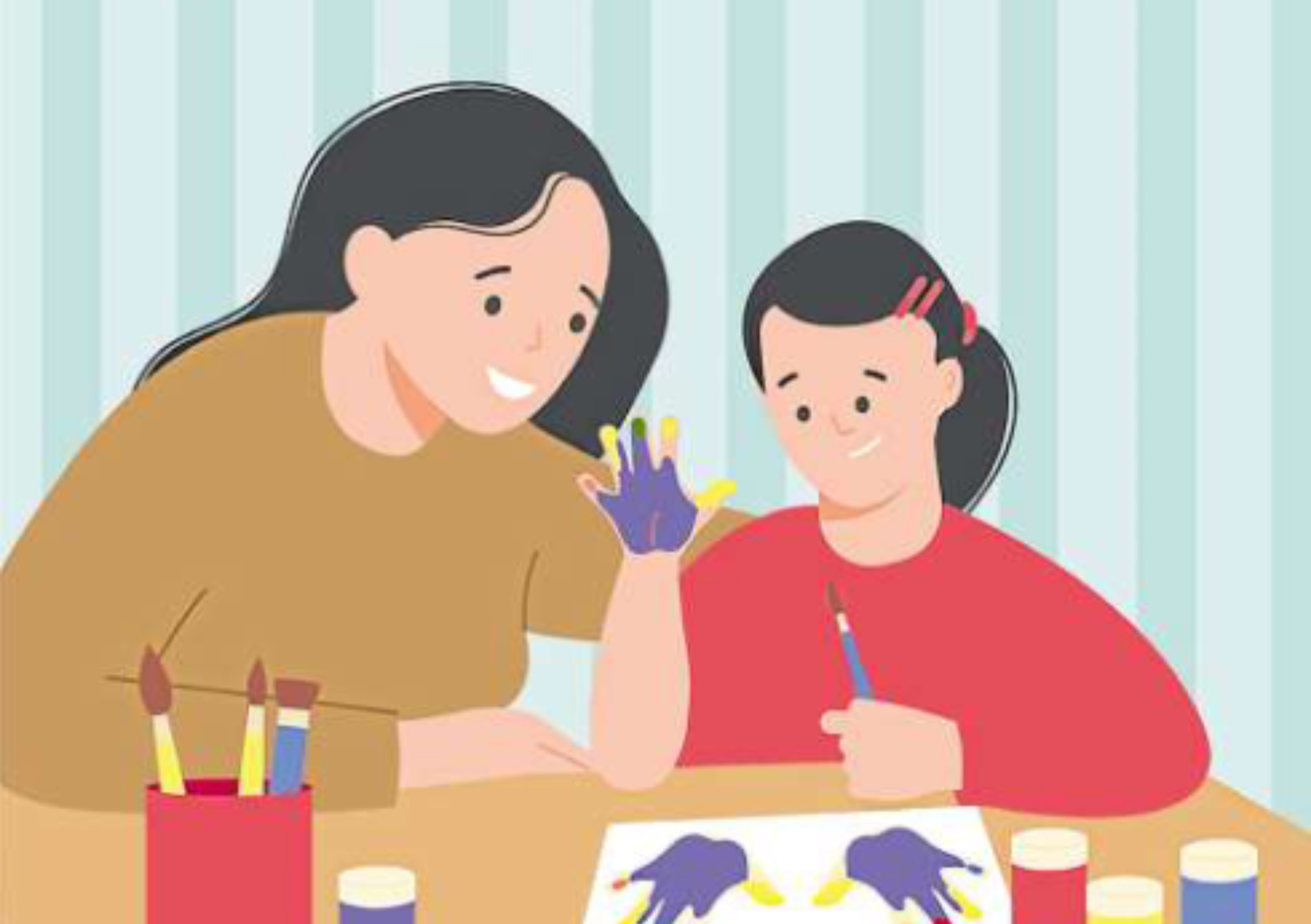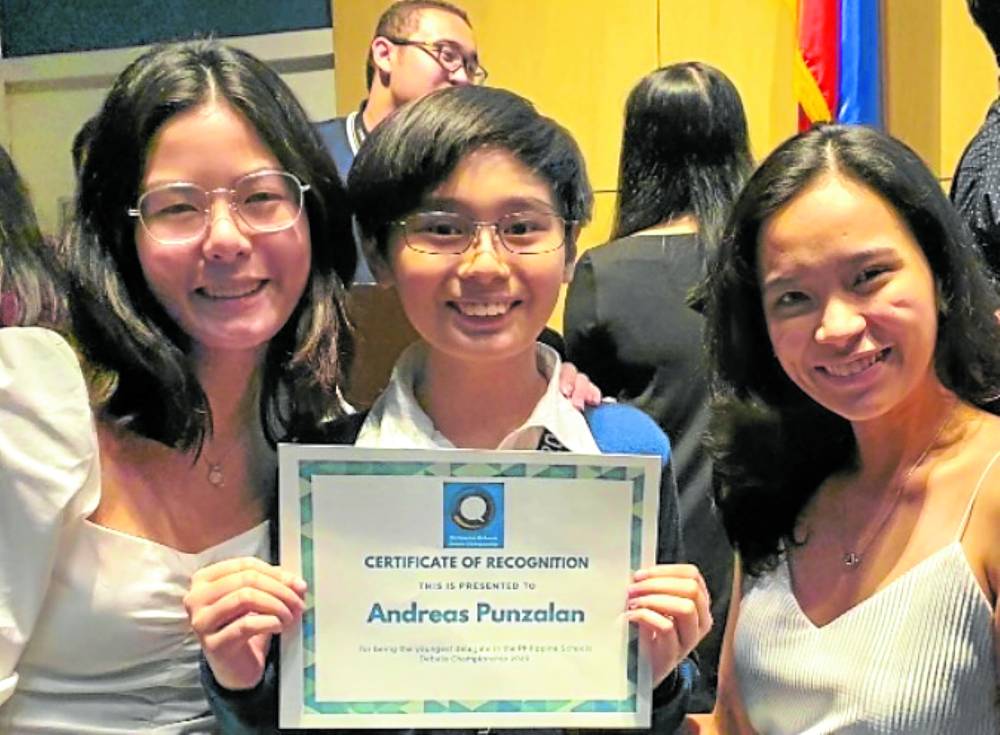
The first thing Jeroen Van Straten noticed about his newly arrived foster child was how the boy, then barely 2 years old, would pick up rice grains that dropped out of his plate and pop these into his mouth while at the dinner table.
“If we gave him a toy, he would hold on to it, even a piece of paper. Whatever (it was), it was very valuable to him,” Van Straten noted.
The child also knew how to clean up after relieving himself and was not scared of the dark if he had to do it at night.
Van Straten surmised that the child was on “survival mode”—that no one else would take care of him and so he had to do all things by himself.
“He knew how to eat by himself. In the orphanage, they’d probably give you a bowl and that’s it. You’re on your own. There was a caregiver for 30 kids,” said the businessman who manages two family enterprises.
Van Straten and wife Cecille have two biological sons.
“I always wanted to have a sister. I have a brother. I asked my parents before for a sister but it never happened,” he recalled.
After the two boys were born, the doctor advised Cecille not to have any more babies. So the couple decided to adopt a third, preferably a girl.
“There was this cute boy jumping at the back but I wasn’t really looking (at him). I was scouting for a girl,” Van Straten said.
Home front
On the way back home, Cecille asked him whether he could still change his mind about getting a girl because, apparently, the jumping toddler had already captured his wife’s heart.
And so the “very long process” of legal adoption began.
The challenges actually began at the home front. The couple’s two sons were about 6 and 7 when the idea of adoption was raised.
“At that age, they didn’t want an ‘intruder,’” Van Straten recalled.
Cecille hoisted a sign on their bedroom door asking their sons whether or not their parents could take the new boy home.
“There were stickers they could move to indicate their feelings. Our elder son was sort of ‘yes’ from the start for a couple of months but the (younger) one was ‘no,’ ‘maybe,’ ‘no,’ maybe’,” Van Straten said.
Eventually, the younger boy said he was concerned about having to share his yaya and toys with the newbie.
“If that’s your only problem, we’ll solve it,” his parents said.
The Van Stratens were able to take in the toddler months after submitting their application papers, but it took about four years from the time the child was 1½ until 6 before a decision favoring the adoption was released.
Much paperwork
One requirement was for Van Straten to submit a police clearance. Being a foreigner, he was asked to get it from the Interpol.
But did he need a worldwide clearance? “I’ve been here longer than in any other country. Where do I get this police clearance from,” he asked.
Van Straten has been living in the Philippines since 1998.
There were also numerous home visits by social welfare agents and so much paperwork.
Van Straten’s bigger concern, however, was that unless a child moves out of an orphanage, nobody could take his slot in it.
“No new child can come in because (the orphanage) is already full. If it takes four or five years to take a kid out of an orphanage, in the same period no new kid can enter. It’s a waste of a child’s life,” he lamented.









































